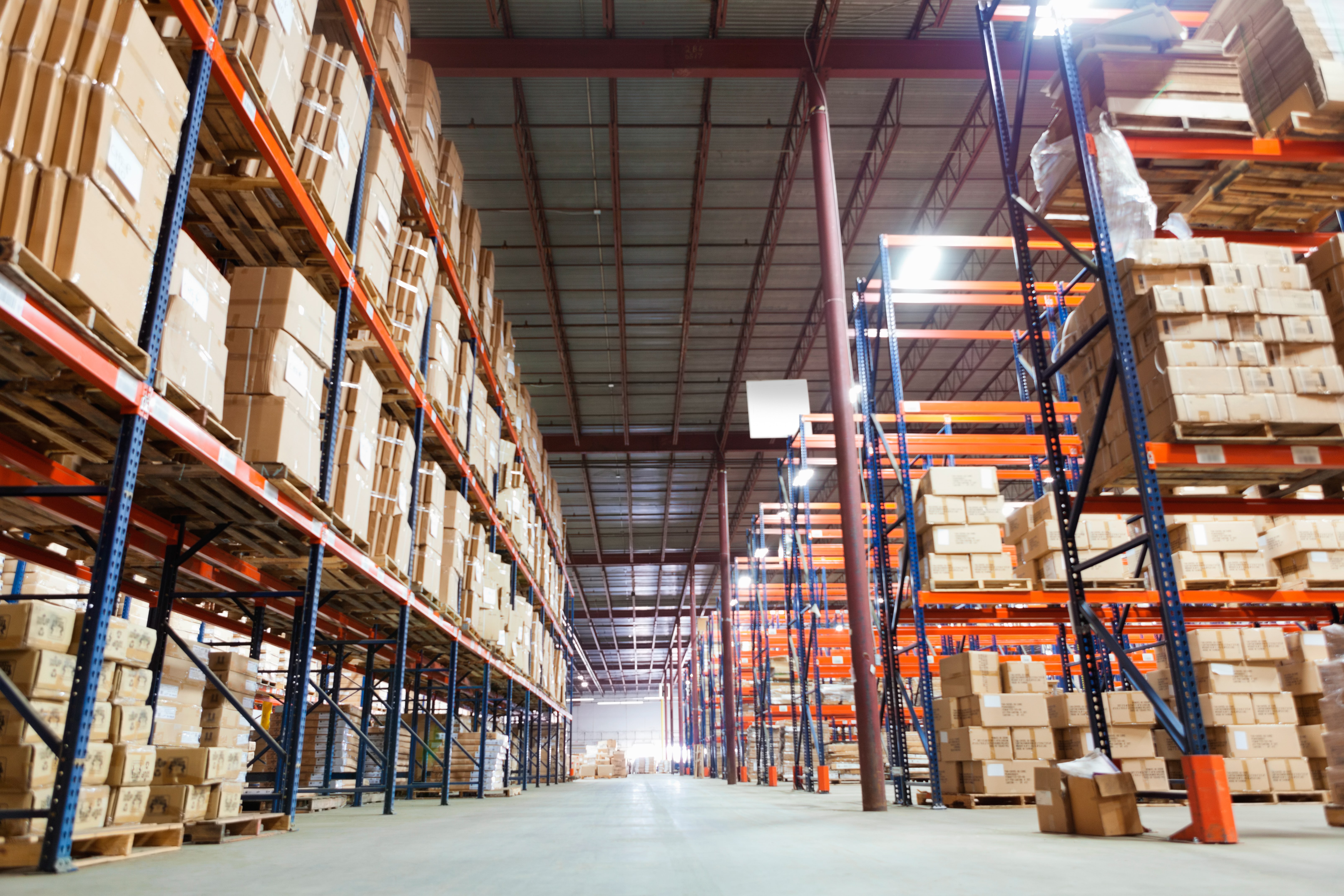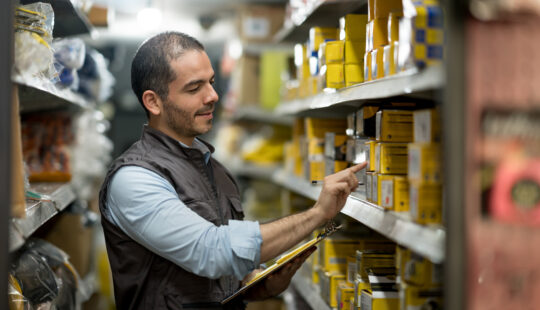Governance and security, artificial intelligence, and increased supply chain visibility have all helped Fonterra and Foodstuffs adapt to pandemic-induced changes in customer behaviour.
Technology to support the supply chain is generating renewed interest as organisations work out how to get their goods to market during a global pandemic. Two of New Zealand’s largest organisations—Fonterra and Foodstuffs—continue to evolve their technology roadmaps to stay on track for their customers.
Fonterra’s supply chain tech priorities
As one of New Zealand’s largest companies, Fonterra is experiencing its fair share of disruption to its supply chain during the global pandemic, as it looks to boost its technical capability.
Fonterra National Logistics Manager Brent Fiecken says its priorities are automatic generation of delivery and enhanced value visibility reporting and tracking. These will help his team to “drive efficiencies and performance.”
He is also investing in interleaving, which is enabled by SAP Extended Warehouse Management (EWM) software. “Interleaving is the system of prioritising warehouse tasks to reduce travel time in distribution centres. When a pallet is picked up, the next closest timed task is ‘putaway’ or replenishment. This means the task is based on location and workflow priority. The usual process is to do all the putaway or picking activity irrespective of whether it is the most effective travel path for the machine, thereby being efficient in the total time taken to complete all tasks,” Fiecken says.
Of eight technology trends in supply chain technology identified by Gartner this month, Fiecken identified two as being a focus for Fonterra: supply chain governance and security, and artificial intelligence.
Fiecken says governance and security “is a critical element for us with both supply chain integrity and security post-COVID. This is constantly being reviewed and verified against processes.”
His view chimes with Gartner analyst Christian Titze, who notes this is an increasingly important macro trend now that “global risk events” are on the rise. “Gartner anticipates a wave of new solutions to emerge for supply chain security and governance, especially in the fields of privacy as well as cyber and data security. Think advanced track-and-trace solutions, smart packaging and next-gen RFID and NFC capabilities,” Titze says.
With regards to artificial intelligence, Fiecken says this is actively being used by Fonterra. “Artificial intelligence and robotic processing technology are now being deployed across a number of areas in the group,” he says.
The other six supply chain technologies identified by Gartner are hyperautomation, digital supply chain twin (DSCT), continuous intelligence, edge computing and analytics, 5G networks, and immersive experience (virtual, augmented, and mixed reality).
Flexibility and visibility key to supply chain operations
To understand the scale of Fonterra’s operation, Fiecken told the virtual SAP Sapphire conference recently that last year the organisation produced enough consumer-packed butter to put on 7.8 billion slices of bread.
The lockdown created peaks and troughs of activity so Fonterra needed to respond to customer demand when it surged and then pivot quickly in quiet periods by having staff involved in tasks such as maintenance.
Often, the volume of product requiring delivery remained the same, but the destination changed. Fiecken says in the case of fresh white milk, the journey from manufacture to distribution is less than 12 hours, and during the lockdown demand didn’t alter but where it was delivered to did, as people stayed at home and cafés were closed.
Meanwhile, Foodstuffs South Island, Supply Chain Development Manager Kris Lancaster told the SAP panel that as it caters to changing patterns of consumer behaviour, technology which enables better visibility of the supply chain has become even more critical.
Foodstuffs South Island has 240 retail stores in its network and data has become increasingly critical in the supply chain. Specifically, real-time data that provides them with the ability to react to quickly, when there are no predictable patterns of behaviour. “The key for us is to take control and plan forward, have visibility about what’s coming, not what’s just happened today,” he says.
This article first appeared on Computerworld.



